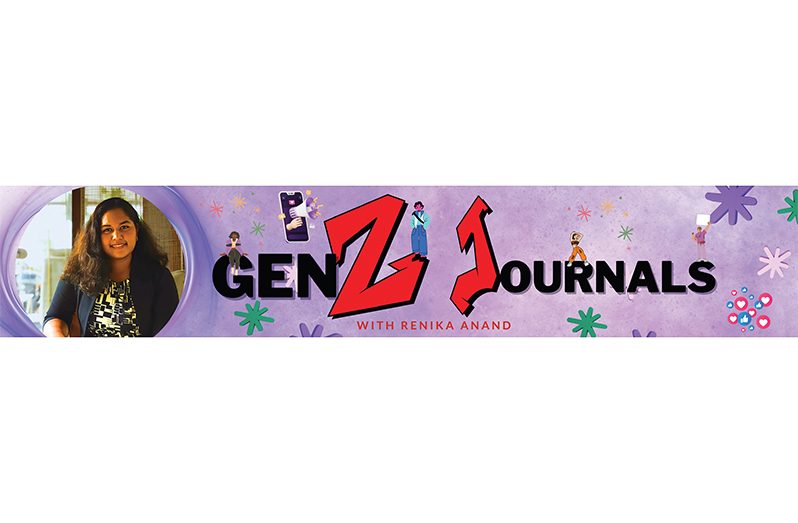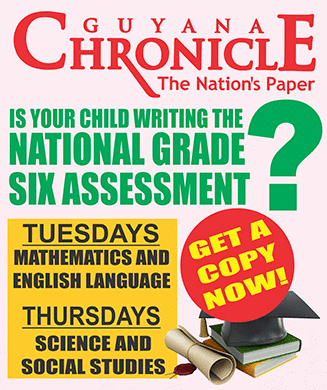PLATO was an ancient Greek philosopher considered one of the foundational contributors to Western philosophy. He brought forth many ideas and discussed many theories, but he was also the subject of a well-known anecdote centred on his definition of a human being. Plato defined a human being as a “featherless biped” and was celebrated widely for the formulation of this definition. However, in blatant rejection of Plato’s statement, a quick-witted philosopher known as Diogenes presented himself to the academy holding a plucked chicken. Interrupting the philosopher’s lecture, Diogenes declared to him, “Behold! I have brought you a man!”
Of course, being a tale from thousands of years ago, we can never know whether it was true. Yet the whimsical story draws our attention to the vastly different ways we interpret the world around us. While one perspective can reduce the existence of a human being to nothing more than the number of feet he has, others may produce definitions so complex that it is simply easier not to define man at all. This difference in interpretation of life is what makes it so beautiful. If we were not capable of seeing even the simplest things differently from each other, we would be condemned to imprisonment within the limitations of our own minds forever.
Perhaps this is why art has become an integral part of every culture worldwide. Even the primitive civilisations whose remnants are now nothing more than archaeological artefacts display evidence of some form of art. Art is shaped to imitate life, and it is how we have learned to conserve meaning in our societies. One can pour his grief into a poem, and another may find hope whilst reading it. One may sing of hatred and war, and another may somehow find love in it. We form emotional connections with art in the way we weep for a character in a book or laugh at the irony in a film.
In essence, we use art to search for life—and more often than not, it is where we find it.
Nevertheless, over the past few years, there has been a bizarre invasion of the space for connection that art has provided us with. We may encounter pieces of art, usually on the internet, and find them stunningly beautiful and interesting. However, as we continue to examine them, we often realise there is a strange, uncanny quality to them. It feels as if they were made by someone who could not possibly understand the emotions they are trying to evoke through their art—it feels inhuman. Then we discover that our intuition is quite correct. We have begun consuming art made by Artificial Intelligence, and it is changing how we connect with each other.
Most art forms begin with the intention of conveying something to an audience. Artists do not create merely to evoke emotions or responses, but to share their worldview and emotions. In exchange for the time we take to absorb and analyse someone’s art, we receive new perspectives, new information, and a connection with the world that we could not have achieved solely through our own experiences. Art, in a way, is an extraordinary exchange of emotions between people who may never meet each other in their lives.
When Artificial Intelligence is added to the mix, art becomes less meaningful. It is transformed into a materialistic and one-directional vacuum. There is rarely a sharing of emotions or connection, but it draws our attention away from real people capable of producing profound creations. When we consume art created by robots, we feel hungry and empty, as if we have just eaten a meal made out of plastic.
As we navigate the 21st century, we face unusual dilemmas for which we do not truly know the remedy. Perhaps Artificial Intelligence can make art more accessible to people. On the other hand, it may ruin the careers of talented artists. It can be a useful tool, but it can also be a weapon that erases human creativity. For now, let us stick by each other and look for meaning only in places where we are sure to find it—in the voices and hearts of human beings.



.jpg)








